10. Jeanne Dielman, 23 Quai du Commerce, 1080 Bruxelles (1975)

Perhaps the most absurdly “normal” film on this list, this is a three hour presentation of a mundane lifestyle, a single mother whose life is suffocated by tedium. The mother finds a lack of communication between her and her son, and notices a dull routine that defines her entire life. On the side of living a dissatisfied life, the titular protagonist is a sex worker. Midway through the film, Jeanne experiences a significant event in her line of work, and comes to notice minor, subtle changes in her lifestyle.
Chantal Akerman’s direction is so untainted by Hollywood and its filmic conventions that it creates real life onscreen. There is no non-diegetic music, no action sequences, no overt emotional revelations, and no twist ending. The camera favours static shots, sparse dialogue, and a muted colour palette. This is a film almost totally separate from the world of cinema.
9. Koyaanisqatsi (1982)
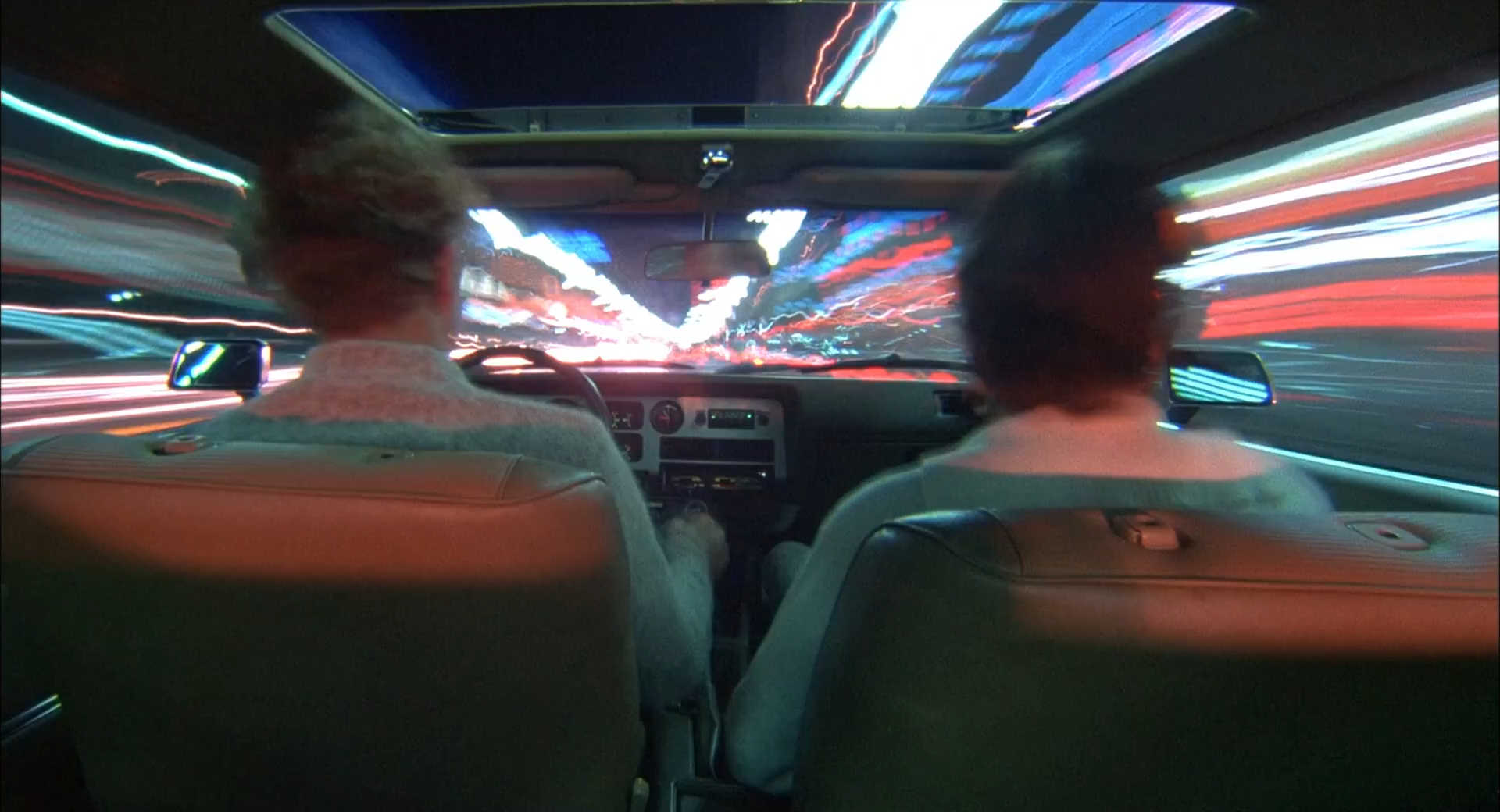
The second observational documentary on this list, “Koyaanisqatsi” (1982) is much different to “Man With a Movie Camera” (1929). The latter deals with society and life in the early 20th century, with no main characters, no dialogue and no events. “Koyaanisqatsi” is similar, though about nature and the environment, with 87 minutes of landscapes, skies and waves filling the screen juxtaposed with industrial images and the devastating effects of man’s interference with nature.
Directed by Godfrey Reggio, this film is a manifestation of his environmentalism, spawning three similar sequels. Following a poetic structure, the film is unique in its presentation of several images to imply Reggio’s message against humans destroying nature. “Koyaanisqatsi” is about emotions, observing two sides of the world and their dangerous convergence.
8. Ugetsu Monogatari (1953)
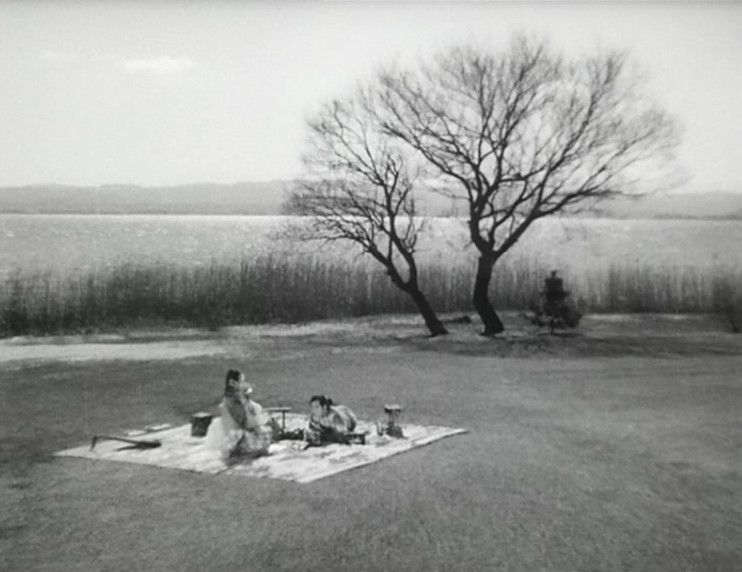
Director Kenji Mizoguchi has been hailed as the greatest forgotten director of Japanese cinema. He has also been touted as the first true feminist director, his final film, “Street of Shame” (1956), dealing with the lives of several sex workers, treating and respecting the characters like human beings, which was unheard of at the time. Mizoguchi built his career out of a unique style, with “Ugetsu Monogatari” (1953) being deemed his greatest achievement.
Using popular motifs of Japanese cinema, such as a focus on spiritual importance, elements of fantasy, and resounding moral messages, “Ugetsu Monogatari” typified Japanese life and tradition like no other before him. While many Japanese directors who sought worldwide recognition gave their films the western treatment – such as Akira Kurosawa – Mizoguchi refused to pander to such expectations, resulting in a sprawling epic that still feels relevant today.
7. Vagabond (1985)
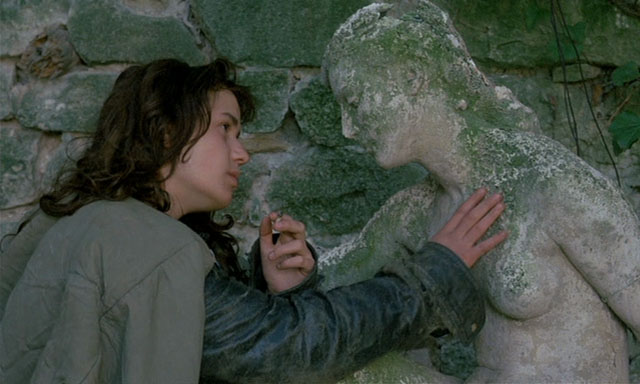
Agnès Varda acted as a forerunner to the French New Wave with early films such as “La Pointe Courte” (1955). Varda’s peak would come soon after, with “Cleo from 5 to 7” (1963), one of the first major feminist films. Despite the critical success of this film, some still consider “Vagabond” (1985) to be her greatest endeavour.
Always the experimental filmmaker, “Vagabond” is perhaps her most challenging film. Varda uses unconventional camera work to explore themes in the plot, such as often leaving the protagonist offscreen to evince how lost she is in society, as well as a sparse use of colour amid greys, browns and generally dull images.
Varda’s colour symbolism and unconventional avoidance of her protagonist by the camera make this a jarring film. Another jarring aspect is the plot, being set around several minor characters and their recollections of a homeless young vagrant, Mona, the titular vagabond.
She is the victim of assault, sexism, verbal attacks and neglect, revealing her gradual degeneration into a lonely, depressed, weary traveler. The perspective shift of the narrative is an original idea never explored to the level of effectiveness of “Vagabond”, before nor since.
6. Inherent Vice (2014)
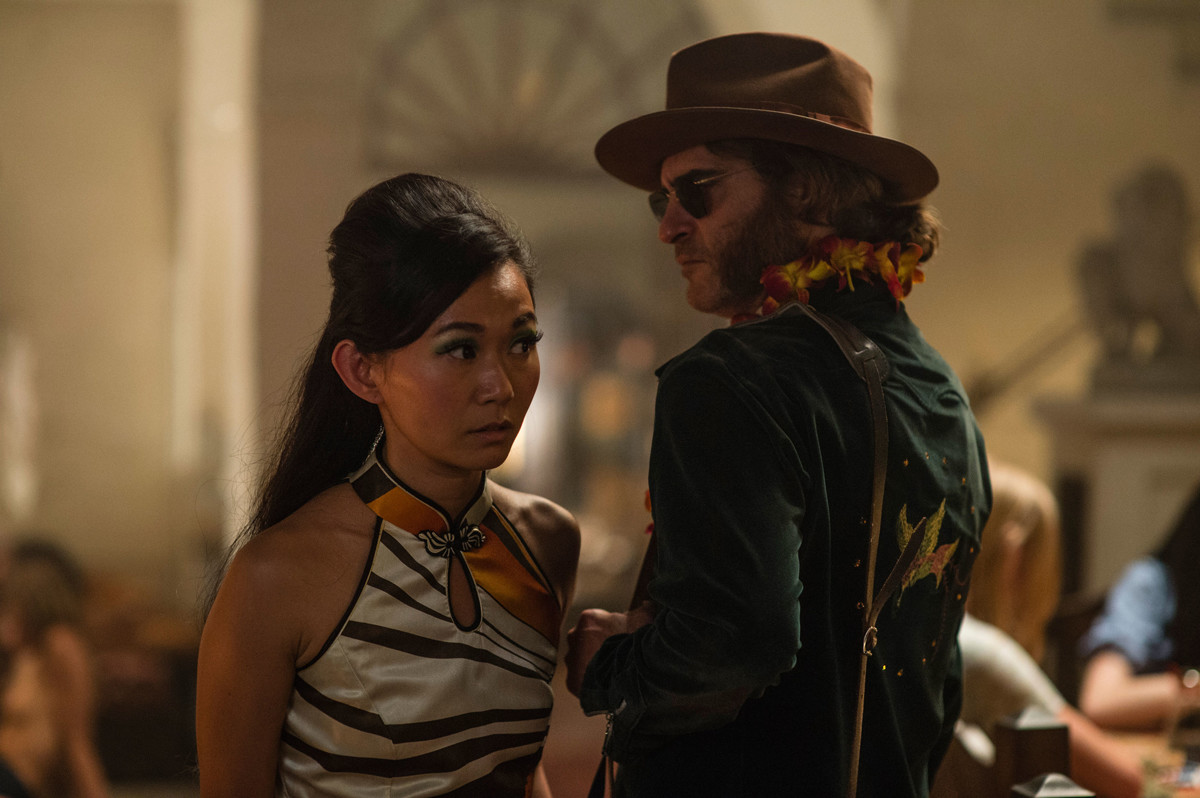
Paul Thomas Anderson’s most recent, most inaccessible and most misunderstood film to date, “Inherent Vice” (2014) is a satirical homage to the hard boiled detective novels of Raymond Chandler, particularly “The Big Sleep”, which was turned into a film of the same name (1946). “The Big Sleep”, starring Humphrey Bogart and Lauren Bacall, is a long, winding piece of cinematic history. Similarly, “Inherent Vice” is confusing and clever, though disguised by an aimless quality.
Starring Anderson regular, Joaquin Phoenix, as well as Benicio del Toro, Josh Brolin and Katherine Waterston, the film boasts a talented ensemble of vibrant characters. Anderson uses the zany supporting characters as set pieces to facilitate Phoenix’s madness. This distracting fare and meandering plot lead audiences into hazy disorientation. Wacky comedies have never been so difficult to follow!
5. The Society of the Spectacle (1973)
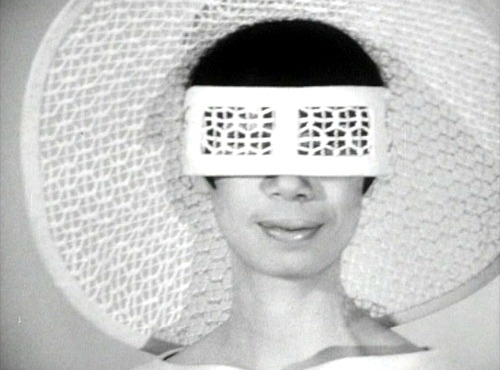
Marxist philosopher Guy Debord’s most well known film, “The Society of the Spectacle” (1973), is based on his 1967 book of the same name. The film is experimental to an extreme degree, using a compilation and of clips from other political films, interspersed with TV advertisements from the time and still photographs. On top of these images, there are segments that feature the assassination of JFK and propaganda films of Mao Zedong, among many other clips.
Debord’s film was made intentionally difficult to imbibe for audiences in order to provoke discussion and active participation with the film. Audiences would be forced to try to understand the film and its anti-consumerism message. Debord’s close friend and supporter, Gerard Lebovici, would be assassinated for his political beliefs in 1984, resulting in Debord withdrawing “The Society of the Spectacle” from circulation.
Plagued by personal tragedies, dissatisfaction with society, general controversy and overarching health issues, Debord committed suicide in 1994, which makes this protest against societal norms even more essential in the gamut of political films.
4. Hard to be a God (2014)
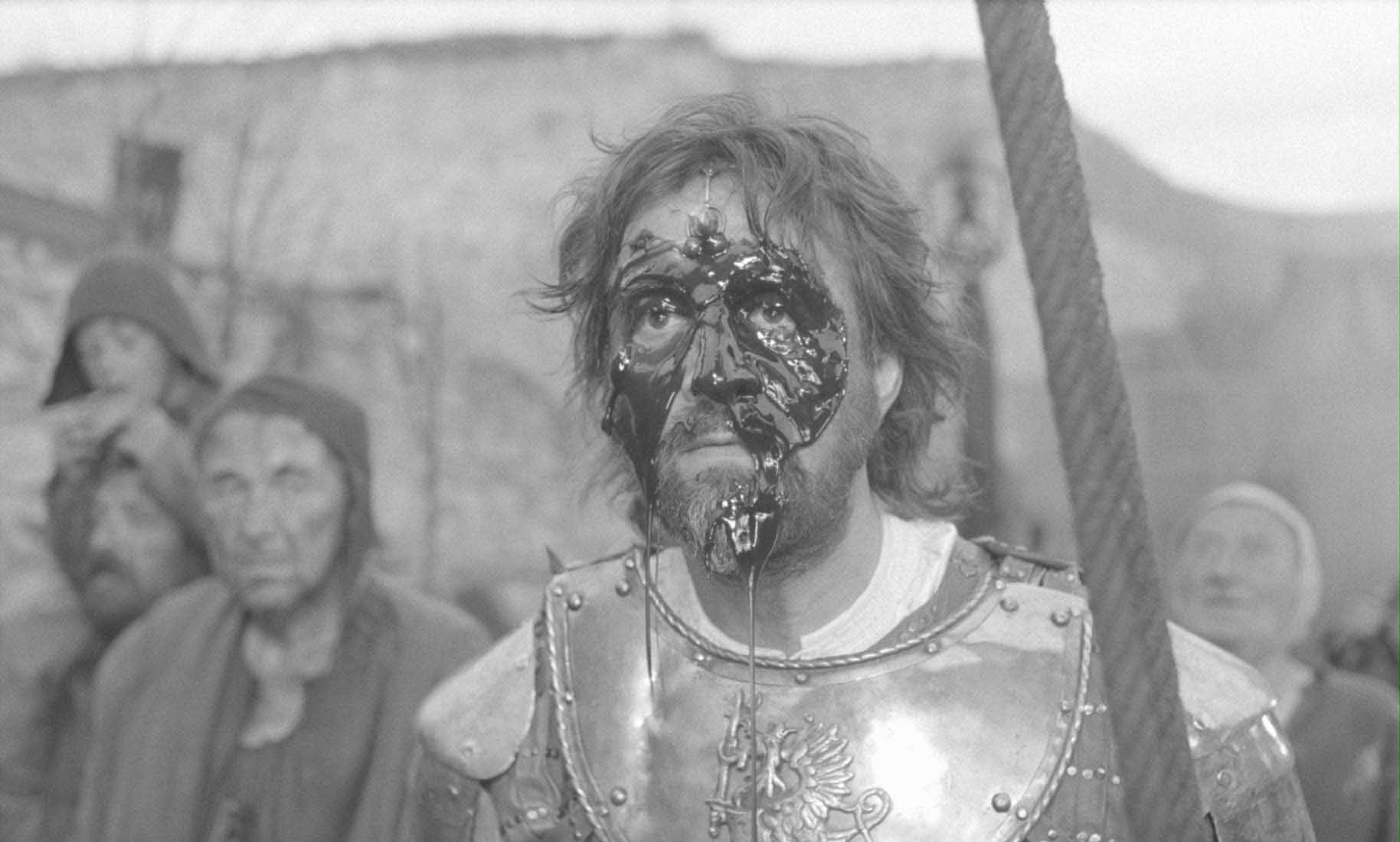
Director Aleksei German’s final film, “Hard to be a God” (2013), is an enigmatic film to say the least. Taking cues from past Russian great, Andrei Tarkovsky, German employs long shots, sparse dialogue and a confounding lack of conventional narrative. The film is a genre-bending sci-fi, following a group of scientists who travel to a distant planet where they witness a community crumbling into an uncultured, brutal existence; the scientists must decide whether or not to interfere with the savage government.
“Hard to be a God” is an ominous film, and bizarre due to its slow moving pace, lapsing between perspectives and stylistic shifts as the characters develop and the plot progresses. Officially released in the U.S. in 2015, some believe it could be nominated for Best Foreign Film at the upcoming Academy Awards, though many critics have evaluated the film as too odd for such mainstream recognition.
3. Inland Empire (2006)
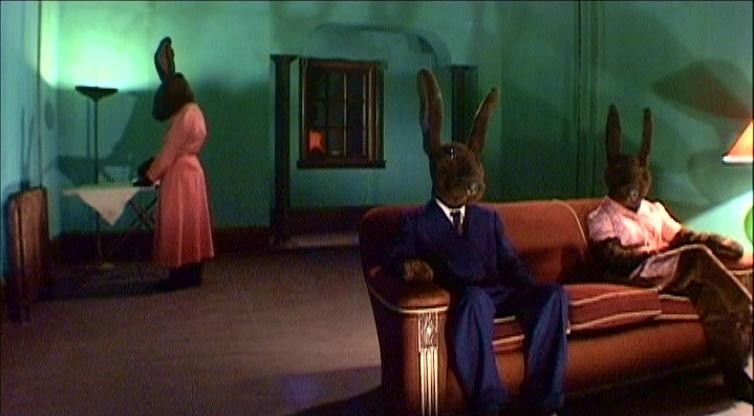
David Lynch. Even the name engenders a collective miasma of shuddering and confusion. Known for experimenting with generally maligned tropes of cliche, melodrama and absurdity, his mysterious career has made Lynch the very definition of polarising, garnering all kinds of fans and critics.
“Inland Empire” (2006) was listed in The Guardian’s list of the “Ten most underrated movies of the decade”, having baffled audiences since its release almost ten years ago.
What makes the film so different and challenging is the lack of a coherent plot, instead following different characters through bizarre vignettes based around one room; the film becomes a dreamlike rumination on themes of isolation and despair, rather than presenting a linear narrative. Added to this, Lynch would write each scene shortly before filming, always unsure of where the film would end, lending the film a sense of improvisation.
Two of the leads, Laura Dern and Justin Theroux, spoke of how they would often “sit around on set trying to figure out what’s going on”. Lynch’s previous film, “Mulholland Drive” (2001), was a confounding effort to many, though “Inland Empire” makes even that seem conventional.
2. Dog Star Man (film series) (1961-1964)
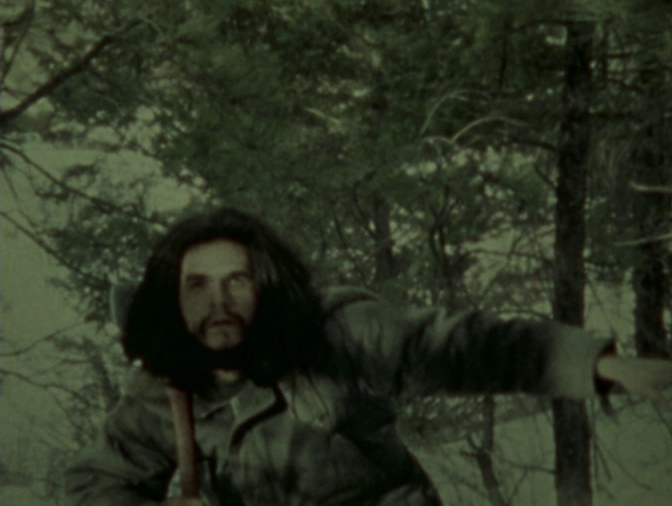
The “Dog Star Man” series of short films (1961-1964) is often edited together into one feature length film. The five short films are devoid of a plot, rather exhibiting a surreal compilation of images, scenes and ideas. The films are extremely difficult to explain, and due to their interpretive nature have become famous for conflicting reception, some hailing them as brilliant and revelatory, others dismissing them as meandering and meaningless.
Helmed by avant-garde filmmaker Stan Brakhage, the influential films were added to the National Film Registry in 1992, as they are all important pieces of filmic culture and history. It is impossible to say much about such a perplexing and singular film, though it cannot be emphasised enough how essential the “Dog Star Man” series is in experimental cinema.
1. Persona (1966)

Dissecting sexuality, contemplating violence, and deconstructing the history of filmmaking all in the opening sequence, this is an Ingmar Bergman-helmed film not to miss.
Bergman’s film, “Persona” (1966), is considered to be one of the most original films ever made, and one of the most imitated, referenced and parodied. Most frequently noted, the film inspired the scene in “Fight Club” (1999) where Tyler Durden (Brad Pitt) splices images of an erect penis into children’s films. Needless to say, “Persona” defeats all of its imitators, elevated to a higher level of cinema by Bergman’s intimidating ability.
The film explores the relationship between a nurse and her patient, an actress who suddenly becomes catatonic on the set of a movie. The nurse, Alma (Bergman regular, Bibi Andersson) becomes obsessed with Elisabet (even more frequent Bergman collaborator, Liv Ullman). Slowly their relationship disintegrates with Elisabet’s silence, and Alma’s affable nature degenerates into bitterness.
Though impeded by hostile episodes, Alma and Elisabet still grow closer through talking, listening, sharing experiences, and impressing emotional maturation upon each other; they come closest, however, in dream sequences. Bergman’s film is so delicate and complex, yet it never becomes confusing nor dull. To fully understand how original and truly inimitable Bergman’s work is, watch the opening sequence, which is available on YouTube.
Author Bio: Linus Tolliday is a freelance writer in Melbourne. He loves movies more than he loves his friends, family and life itself.